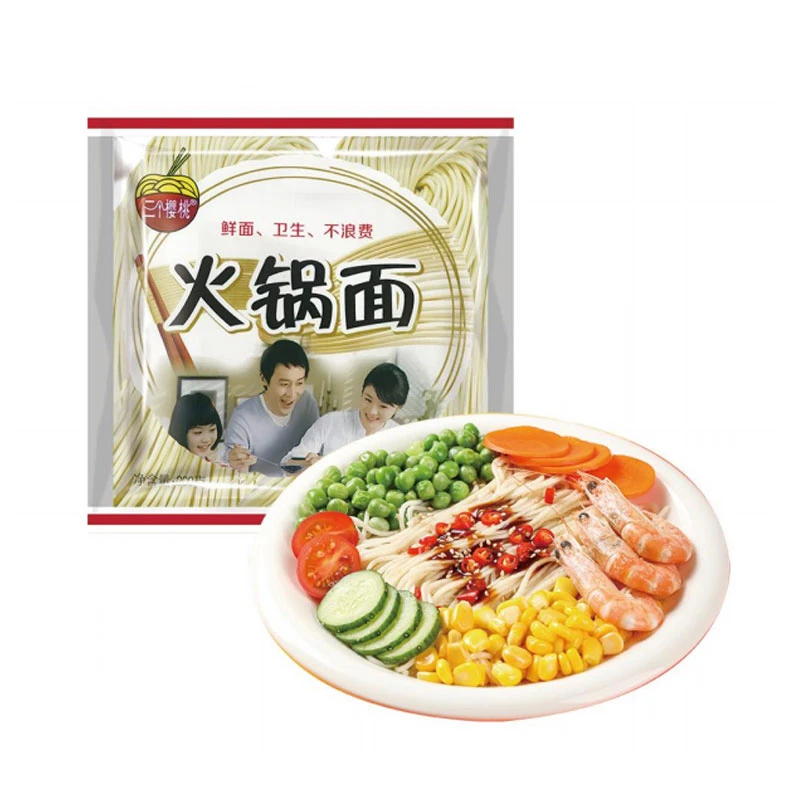Quick and Easy Dry Instant Noodles for Delicious Meals Anytime
Exploring the World of Dry Instant Noodles
In today's fast-paced world, dry instant noodles have emerged as a beloved staple for millions. They combine convenience, affordability, and variety, making them a go-to meal option for students, busy professionals, and anyone who seeks quick culinary satisfaction. This article delves into the fascinating realm of dry instant noodles, exploring their history, preparation methods, global variations, and the nuances of their cultural significance.
A Brief History
The invention of instant noodles dates back to 1958 when Momofuku Ando, a Taiwanese-Japanese entrepreneur, introduced “Chikin Ramen” in Japan. This revolutionary product was initially developed as a response to food shortages in post-war countries. Ando's innovation involved precooking noodles, then dehydrating them, which allowed for a quick cooking time once boiled in water. This simple yet ingenious concept sparked a culinary revolution, leading to the creation of various instant noodles worldwide.
Preparation Methods
Preparing dry instant noodles is incredibly easy, making them an ideal choice for quick meals. The most common method involves boiling water, adding the noodles, and cooking them for a few minutes until the desired softness is achieved. After draining the excess water, the accompanying flavor packet can be added to create a delicious broth. Some enthusiasts elevate their instant noodles with additional ingredients, such as vegetables, eggs, or proteins, to enhance the nutritional value and flavor. This versatility allows for creative customization, where each bowl can become a unique expression of personal taste.
dry instant noodles

Global Variations
Instant noodles come in a plethora of flavors and styles, reflecting the diverse culinary traditions across the globe. In Asia, for instance, you can find varieties like Korean Jajangmyeon, which features savory black bean sauce, or Singaporean Laksa, renowned for its spicy coconut broth. In the United States, classic chicken or beef flavored noodles are popular, often seen as a comfort food. Additionally, many brands have tapped into regional preferences, introducing unique flavors like Sriracha or BBQ for a localized touch. This vast array of options not only caters to different palates but also fosters a sense of cultural exchange, as people can experience various cuisines through a simple bowl of noodles.
Cultural Significance
Beyond their convenience and flavor, dry instant noodles hold a unique place in various cultures. In many Asian countries, they evoke nostalgia, reminding people of their childhood and late-night study sessions. For students living away from home, instant noodles often symbolize independence and affordability, providing a warm and satisfying meal during a time of self-discovery. Furthermore, instant noodles have infiltrated popular culture, appearing in films and television shows, reinforcing their status as a beloved food choice.
Conclusion
Dry instant noodles have evolved from a post-war innovation to a global phenomenon, cherished for their convenience, wide-ranging flavors, and culinary versatility. As a testament to adaptability, they effortlessly fit into various lifestyles and cultures, appealing to both gourmet aficionados and casual eaters. Whether enjoyed as a quick snack or a full meal, instant noodles remind us of the joys of simple comfort food, weaving a thread of connection between people and their diverse culinary traditions. So the next time you indulge in a bowl of your favorite dry instant noodles, take a moment to appreciate not just the flavors, but the rich history and cultural significance that each strand represents.
-
Unleash Your Inner Chef with Delectable Italian Pasta CreationsNewsAug.01,2025
-
Savor Health and Flavor: Irresistible Soba Noodles for Sale Await!NewsAug.01,2025
-
Nourish Your Body with Premium Organic Ramen - A Culinary Delight AwaitsNewsAug.01,2025
-
Elevate Your Dishes with Our Exquisite Kinds of Egg NoodlesNewsAug.01,2025
-
Dive into Flavorful Convenience with Our Ramen OfferingsNewsAug.01,2025
-
Discover Exquisite Types of Naengmyeon and Chilled Soba NoodlesNewsAug.01,2025
-
Is Whole Wheat Pasta Healthy?NewsMay.30,2025
Browse qua the following product new the we

















































































































